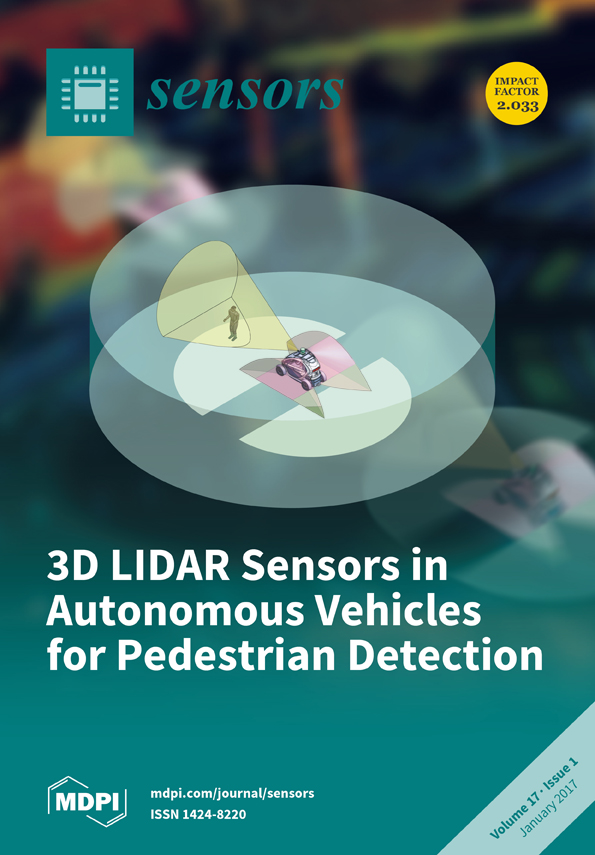1
Department of Electrical Engineering, National Taipei University of Technology, Taipei 10608, Taiwan
2
Department of Dental Technology and Materials Science, Central Taiwan University of Science and Technology, Taichung City 40601, Taiwan
3
Department of Computer Science and Engineering, National Sun Yat-Sen University, Kaohsiung 80424, Taiwan
4
Department of Data & Broadband Maintenance Center, Chunghwa Telecom Hsinchu Business Group, Hsinchu City 300, Taiwan
5
Department of Urology, Feng Yuan Hospital, Ministry of Health and Welfare, Taichung 42055, Taiwan
6
Department of Family Medicine, Taichung Hospital, Ministry of Health and Welfare, Taichung 403, Taiwan
7
Department of Internal Medicine, Taipei Hospital, Ministry of Health and Welfare, New Taipei City 242-13, Taiwan
8
Department of Health Services Administration, China Medical University, Taichung 40402, Taiwan
Abstract
This study presents a new ubiquitous emergency medical service system (UEMS) that consists of a ubiquitous tele-diagnosis interface and a traffic guiding subsystem. The UEMS addresses unresolved issues of emergency medical services by managing the sensor wires for eliminating inconvenience for both patients
[...] Read more.
This study presents a new ubiquitous emergency medical service system (UEMS) that consists of a ubiquitous tele-diagnosis interface and a traffic guiding subsystem. The UEMS addresses unresolved issues of emergency medical services by managing the sensor wires for eliminating inconvenience for both patients and paramedics in an ambulance, providing ubiquitous accessibility of patients’ biosignals in remote areas where the ambulance cannot arrive directly, and offering availability of real-time traffic information which can make the ambulance reach the destination within the shortest time. In the proposed system, patient’s biosignals and real-time video, acquired by wireless biosensors and a webcam, can be simultaneously transmitted to an emergency room for pre-hospital treatment via WiMax/3.5 G networks. Performances of WiMax and 3.5 G, in terms of initialization time, data rate, and average end-to-end delay are evaluated and compared. A driver can choose the route of the shortest time among the suggested routes by Google Maps after inspecting the current traffic conditions based on real-time CCTV camera streams and traffic information. The destination address can be inputted vocally for easiness and safety in driving. A series of field test results validates the feasibility of the proposed system for application in real-life scenarios.
Full article






